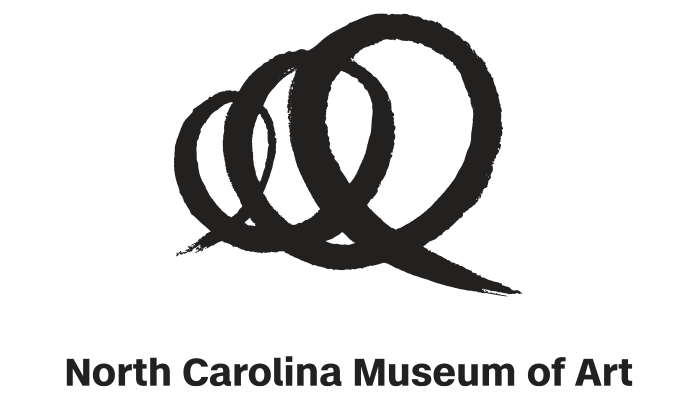While we believe that the books and resources recommended may be of value to you, keep in mind that these are suggestions only and you must do your own due diligence to determine whether the materials are appropriate and suitable for your use. PNC has no sponsorship or endorsement agreement with the authors or publishers of the materials listed.
ALL ABOUT ME

Part 2: Expressive Sculptures
Children will explore emotions.

Lesson Objective
Children will create an expressive self-portrait in clay.
Art
What You'll Need
- Nontoxic white air-dry clay – 1 softball-sized piece per child, plus 1 for demonstration and extra clay
- Sponges – 2 for teachers to use during clean-up
- Disposable foam plates with children’s names written on them – 1 per child
- Wide craft sticks – 1 per child
- Wet wipes – 2 per child
- A large, color reproduction or digital image of Monumental Head of Pierre de Wissant by Auguste Rodin - from the North Carolina Museum of Art website
- Damp paper towels – 1 per child, plus a few extra (for students who may want to clean off their hands during the lesson)
What To Do
Note: This is PART 2 of a two-part lesson and should be taught AFTER the lesson, Part 1: Expressing Emotion, found on this website.
Prior to beginning the lesson, cut 1 softball-sized piece of clay per child, plus 1 extra for demonstration. Keep additional clay available for children who need more. Place the clay rolls on a tray, and cover with a damp cloth or plastic wrap. If preparing the clay more than 1 day in advance, wrap clay carefully to prevent drying out.
- Display Monumental Head of Pierre de Wissant. Have the children review expressing emotion as they did in the lesson, Expressing Emotion.
- Tell the children they will be making a self-portrait sculpture from clay, showing themselves making an emotion.
- Distribute a piece of clay on a plate and a damp paper towel to each child.
- Demonstrate kneading the clay until it is soft, and then have the children knead theirs.
- Have the children form their clay into a ball shape by patting it between their hands and rolling it on the plate.
- Demonstrate how to form the clay into facial features by pinching, poking, pulling, pushing, and scraping.
- Have the children use their fingers to poke eyes, pinch a nose, and push a mouth into the ball, demonstrating their emotion.
- Distribute craft sticks. Demonstrate using your fingers to smooth the clay and the craft sticks to add texture for hair. Have the children do the same.
- When sculptures are complete, place them on the foam plates to air dry, distribute wet wipes, and clean up.
Resources
Home School Resources
Home educators: use these printable lesson PDFs to teach this lesson to your home schoolers. They're available in English and Spanish.
Content Provided By
Common Core State Standards Initiative – These lessons are aligned with the Common Core State Standards ("CCSS"). The CCSS provide a consistent, clear understanding of the concepts and skills children are expected to learn and guide teachers to provide their students with opportunities to gain these important skills and foundational knowledge [1]. Visit the CCSS


